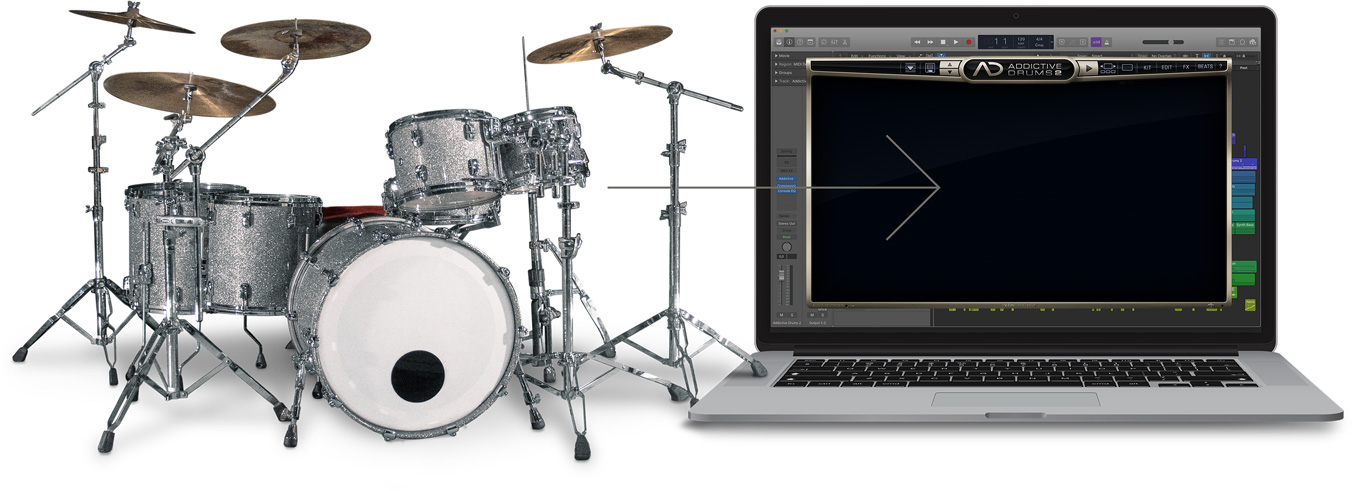

Many virtual instruments such as Logic’s Alchemy, contain step sequencers as modulation sources alongside typical modulators like envelopes and LFO’s. Each method has its place based on context, genre and the creative needs of the artist. Playing samples in real time with a set of drum pads or a keyboard is a very different process than step sequencing and much more performative in nature. The underlying premise of step sequencers is that you can program patterns step-by-step instead of in realtime, although in many cases there is some crossover between the two ideas with live input being quantized to the nearest step.īut harnessing the real power of step programming requires thoughtful consideration of what will occur on each step, the rhythmic interaction between rows of varying length, and the ability to infuse a sense of humanity into an inherently mechanistic process, or not … (after all, what’s so great about humanity anyway). There is usually a randomization option and perhaps a library of preset or user-defined patterns. Once you define the number of steps in a given row, most step sequencers will offer shortcuts to activate certain step patterns such as every downbeat, or every eighth note. Swing settings can drastically change the feel of the sequence and accents can add even more complexity and interest to the rhythm. Examples include filter cutoff, resonance, saturation settings, waveform morphing, panning and pitch-shifting. And we haven’t even discussed fully what each step can control.īeyond simple note events (note number, velocity, duration), steps can affect literally any other parameter in the signal chain that can accept modulation data. It gets more complex when you change beat divisions, add glide effects, change event lengths with gate controls, add ties between events, etc. Three rows of 3, 5, and 7 steps would generate 105 unique combinations. The least common multiple of the number of steps will identify the point after which the step sequences will both begin at 1.

Starting together, the same juxtaposition of steps would not repeat until the 57th step: The number of steps is user-defined and in more advanced sequencers, each row can have a different number of steps and different beat division values allowing for infinite variety as the sequence repeats.įor example, consider the simple case of two rows, one with seven steps and the other with eight steps. Each sound is activated by activating a step from the associated row or lane. Software-based Step Sequencers are rooted in traditional hardware step sequencing design and in particular drum machines.


 0 kommentar(er)
0 kommentar(er)
